Mozambique: Marc Stalmans, renowned ecologist and Director of Science at Gorongosa National Park, ...
World Bank urges fresh push on economic threat of pollution
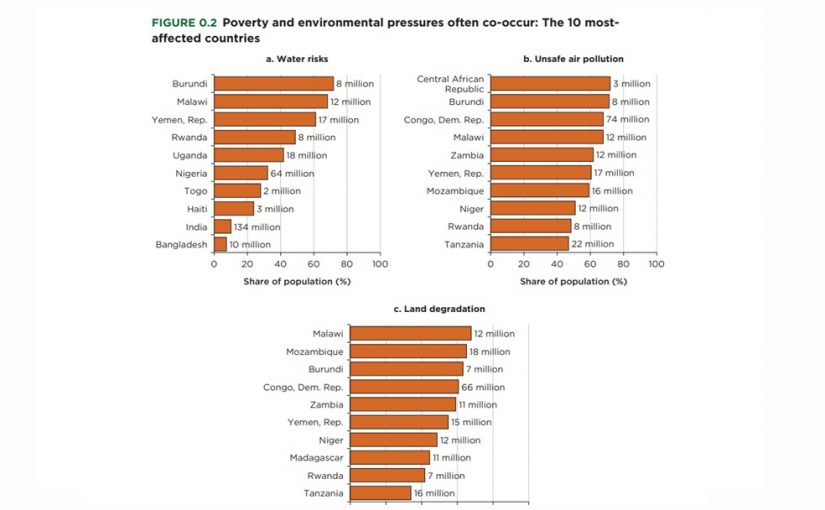
The report, Reboot Development: The Economics of a Livable Planet, highlights that in low-income countries, eight in ten people lack all three essentials — healthy air, clean water, and fertile land. Sources: Original calculations for this report. Water risks, World Resources Institute 2023; air pollution, van Donkelaar et al. 2016; land degradation, Bai et al. 2025. Note: The figure shows the top 10 countries with the highest percentages of their population experiencing both poverty and exposure to environmental stressors. Extreme poverty is defined as living on less than $2.15 per day, adjusted for 2017 purchasing power parity. Definitions of the risks are given in the notes on Map O.1.1 It demonstrates that in many low-income countries, particularly in Sub-Saharan Africa, large shares of the population are both poor and exposed to stressors. Inequality also runs deep within countries. Poor individuals and communities that are excluded from decision-making encounter greater environmental challenges: they are 75 percent more likely to live in areas where land is degraded and face deficits in essential services such as piped water, sanitation, and electricity (Damania et al. 2025). Without access to these essential services, they remain at a higher risk of suffering from the negative effects of poor environmental conditions.
Degraded land, polluted air and water stress pose a direct global economic threat but using natural resources more efficiently could cut pollution by half, one of the World Bank’s senior managing directors told Reuters.
The damage is particularly acute for low-income countries most at threat from poverty, climate change and biodiversity loss, Axel van Trotsenburg said.
Speaking alongside the publication of a new report on Monday, he said around 80% of people in low-income nations were exposed to all three and the World Bank was committed to responding even as many countries cut aid budgets.
“Our commitment… is ending poverty on a liveable planet, full stop. We will not waver on this,” van Trotsenburg said.
Among the most impacted countries are Burundi, where 8 million people face water risk and air pollution, and 7 million face land degradation. In Malawi, 12 million people face all three risks, the report said.
More broadly, 90% of the world’s population face at least one of the challenges, with the report urging countries to repurpose subsidies currently spent on harmful activities.
The report is published against a fractious political backdrop ahead of November’s COP30 climate talks in Brazil. The World Bank and other multilateral lenders are also awaiting the outcome of a U.S. review of their operations ordered by President Donald Trump in February.
The World Bank would provide data-backed evidence to inform discussions on environmental degradation among its member governments, van Trotsenburg said.
The report estimated that forests help around half of the world’s rain clouds form and said deforestation cut rainfall at a cost of $14 billion a year for the nine-country Amazon region alone, a material hit for the affected nations.
It also means landscapes are less able to store and release moisture slowly over time. That amplifies the effects of droughts and results in a $379 billion hit, or 8% of global agricultural economic output.
While ecological threats were often seen as being distant, the report zeroed in on economic impacts happening now.
“We’ve often had this mantra that we believed countries need to grow first, pollute and clean up later. What this evidence is telling you is that is simply false,” the bank’s chief economist for sustainable development and report co-author, Richard Damania, said.



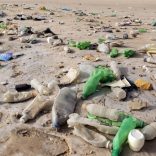
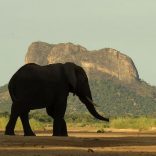
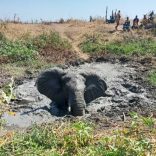

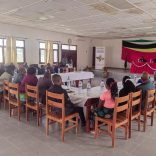
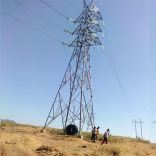



Leave a Reply
Be the First to Comment!
You must be logged in to post a comment.
You must be logged in to post a comment.